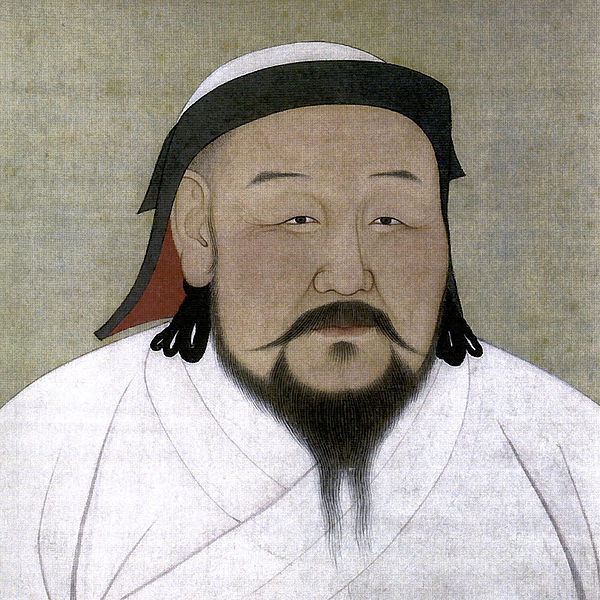Kublai Khan's legendary palace may lie under the foundations of the Forbidden City

Chinese archaeologists have gathered new evidence that Kublai Khan's legendary palace may lie beneath the foundations of Beijing's Forbidden City - also known as the Palace Museum.
In May 2016, the discovery of ancient relics buried in the heart of the imperial palace complex more than 600 years ago provided a first clue that the long-lost home of the Yuan dynasty may have been hiding all this time right under archaeologists' nose – or in this case, their feet.
Now, Museum officials have found further evidence of this. They announced the discovery of a three-metre-thick layer of earth and rubble buried beneath layers of Ming and Qing dynasty constructions, in the western part of the Forbidden City, the South China Morning Post reports.
A mystery location
The ancient Yuan dynasty (Mongol) rulers of China between 1271 and 1368 constructed a mythical palace, large and magnificent. It is thought to have disappeared with its rulers, although tales of its beauty endured in historical texts and literature.
The grandiose building is said to have been constructed under the order of Kublai Khan, the fifth emperor of the Yuan dynasty, after he finished the conquest of China started by his grandfather Genghis khan. In his Beijing palace, he went on to become the first Yuan ruler of the whole of China.
With its landscaped gardens and rich palace buildings, the Forbidden City then became the seat of absolute power over five centuries (1416-1911), after the end of the Yuan dynasty. It was home to the famous Ming and the Qing dynasties.

Many thought the long-lost Yuan palace would in the past have been located close to where the Forbidden City now stands, but no traces of it had been found to confirm this.
Instead, the recent discovery suggests the Forbidden City may have been constructed directly above the foundations of the Yuan dynasty palace. Different elements of the unearthed foundations display characteristics of a Yuan structure.
Indeed, it is the same style as foundations uncovered in Zhangjiakou, Hebei province, in the ruins of Zhongdu, one of the four capitals of the Yuan dynasty. Second, foundations of such a large size were rare in Yuan buildings, so it is very probable that this one could have been used to support a palatial hall.
Further excavations are currently underway to find more evidence in the rubble, but this new discovery is already significant. It points archaeologists a step closer to actually finding what happened to the legendary palace, and to solving one of the biggest mysteries of Chinese archaeology.
© Copyright IBTimes 2025. All rights reserved.






















